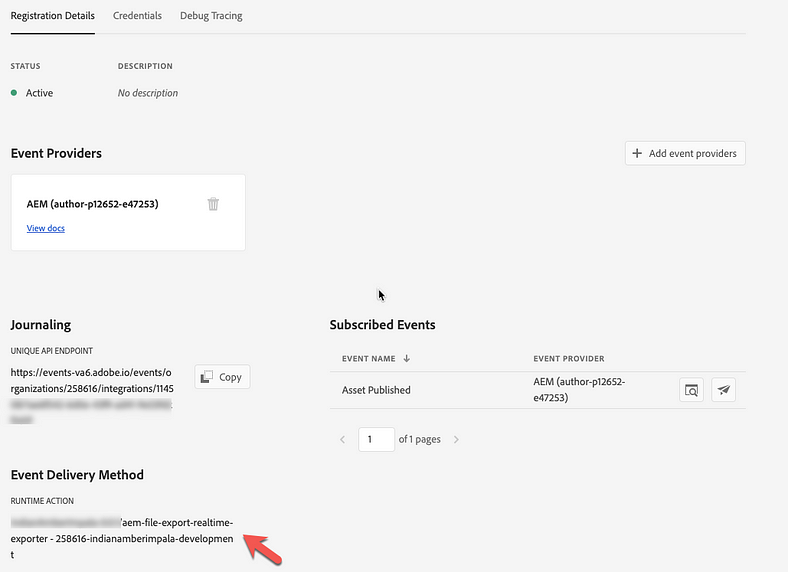
Abstract
AEMaaCS Assets offers a cloud-native digital assets management solution, which is scalable, reliable, and hassle-free. It’s never been a better time for enterprises to adopt such a solution as their centralized DAM system. To share or distribute assets (or their renditions), AEMaaCS provides multiple ways such as asset link share, asset selector, brand portal, etc. But still, there are common use cases where assets (or renditions) just need to be exported to external cloud storage like Azure blob store, S3 bucket, SFTP, etc. (for other systems to further consume) or directly into 3rd party systems like Marketo, Adobe Campaign, PIM, etc. as long as they provide secured asset ingestion endpoints.
Traditionally in AEM 6.x, this usually can be accomplished by “publishing” assets into downstream systems (within a workflow or something) via a custom replication agent. This won’t work in AEMaaCS since AEMaaCS is relying on content distribution rather than replication agent anymore. There is also a paradigm shift in terms of how AEM should be integrated with external systems in a cloud world, which is more event-driven and microservices-based. In this sense, Adobe I/O (Events and Runtime action) can really help bridge the gap.
Adobe I/O Events
Adobe I/O Events enables building reactive, event-driven applications, based on events originated from various Adobe services or solutions. In our case, the AEMaaCS author will be registered as the event provider. You can follow this to set up AEMaaCS I/O integration via package event-proxy.
Read Full Blog
Q&A
Please use this thread to ask the related questions.
Kautuk Sahni
